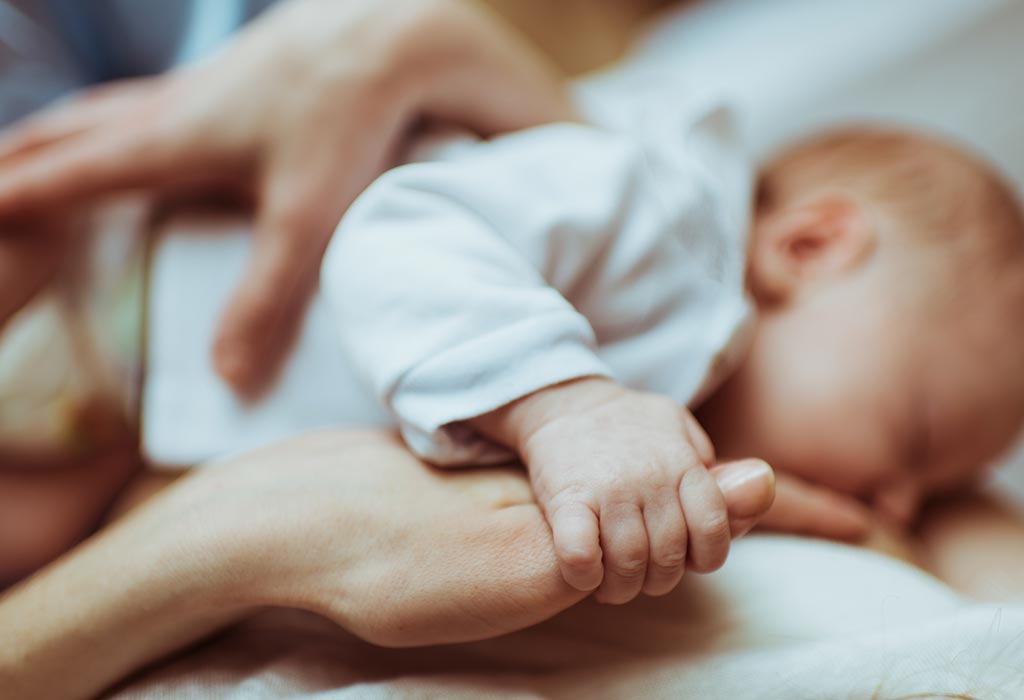The attachment to certain objects is part of a child’s normal development. Many child psychologists call this comfort object ” Transitional Object “.
Your child may become attached to these toys and objects.
Children prefer their “special” comfort blankets and raggedy bears over the newer, identical copies. The toy, or object in question may also be a representation of a mother or missing parent.
Understanding Your Child’s Emotional Connections
Attaching your child to objects or toys is a way for them to feel a connection. This phase is the beginning of their transition to independence.
It’s not funny to have a stuffed toy around all the time. It’s part of growing and learning to develop.
This list is meant to help you understand your child’s attachment.
- Toys and objects that are familiar
- They feel safe with the toy
- Used in strange environments to children
- Called comfort object because it helps them feel comfortable in uncertain situations
- Reassurance for those who are away from loved ones
- Dummies or soothers are very common among young children
According to research, 70% of children develop strong attachments to objects such as their blankets or toys. This is a common comment at places where children have been sleeping away from their parents since the early years.

How to Maintain Your Child’s Special Attachment Plaything
Ellie the elephant has a charming tale. Ellie, Sia’s favourite toy, was always with her. Ellie’s clothes were often worn, which made him look dirty. Sia’s mom would always make Ellie a new, bright coat. Then, Ellie would get a special gift, such as a trip to the park, to show it off to other kids.
What happened next? Sia has now turned 35, and Ellie is still living in Sia’s closet!
Toys and Children’s Anxiety
Most child psychologists recommend that parents not take away their children’s attachment objects. Many children find that the emotional bond they form with their blankets or soft toys helps them cope better when separated from their caregivers.
By the time they reach 5 years old, they will not need to carry a comfort item with them everywhere.But they may sleep with it for a longer period of time.
By the age of ten, many children have stopped sleeping with their attachment objects.
Do not panic if your child is attached to a comfort object
Parents will worry if their child is unable to sleep without a dummy, or if their teenager refuses throw away the old blanket that she has had since she was born. It is highly debatable whether comfort objects are healthy for babies and if such attachments can be harmful.
Even adults have their attachment objects. Don’t worry if your child does the same.
Why do children play with random objects?
How many times have you noticed a child with a strange object that isn’t necessarily a stuffed animal or a teddy? You may find that your child prefers other items besides a teddy bear or stuffed animal.
Don’t limit them if they want to take it with them. You may find it strange to bring your toothbrush along with other stuffed animals to bed. It is important to understand the attachment your child has to certain items.
It’s funny to see kids with worn out toys or blankets. This object is important to your child. You must never lose it.